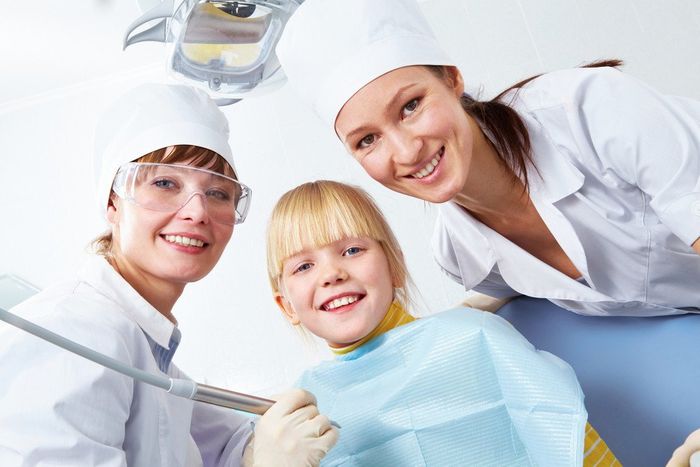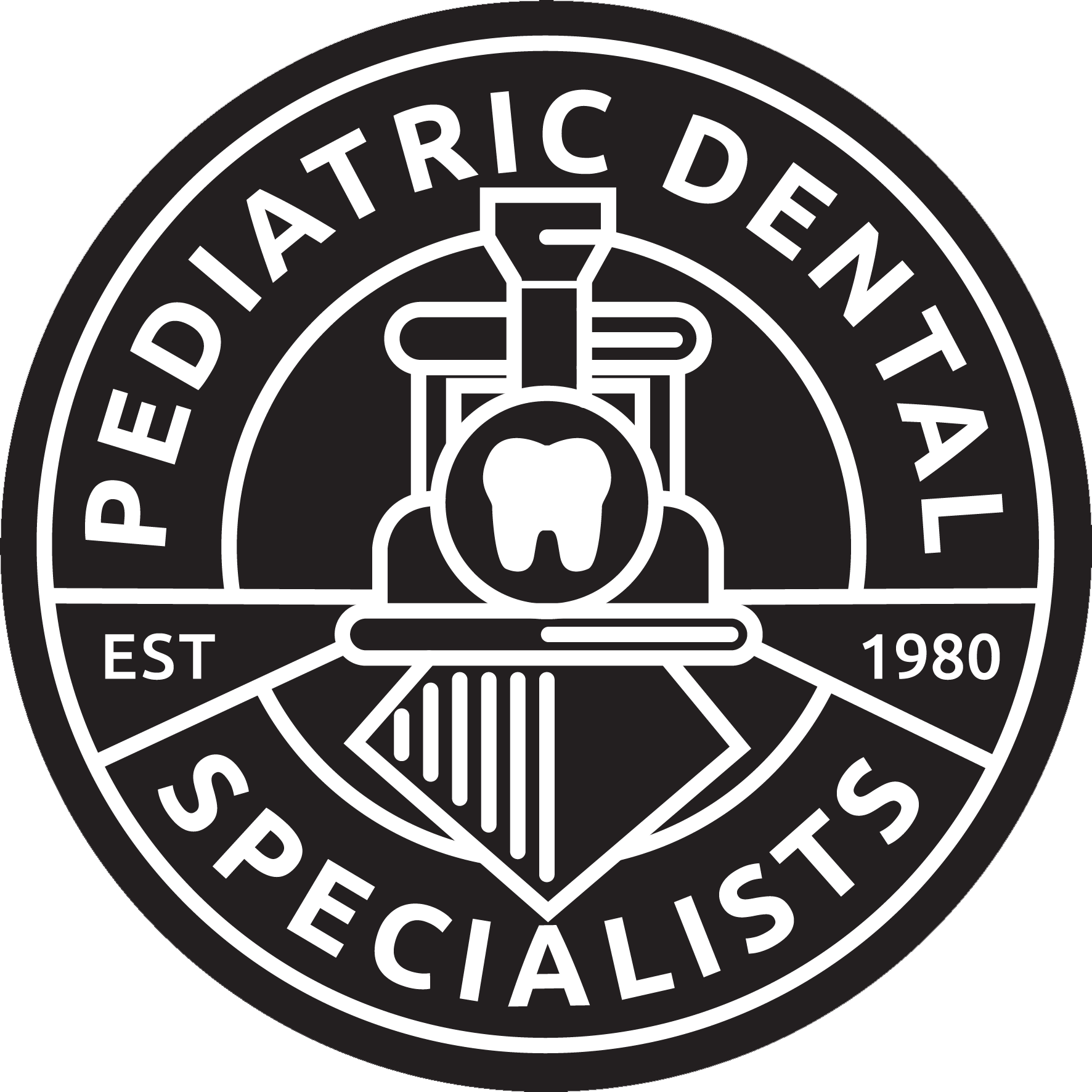Your first pediatric dental visit can be intimidating. It’s normal to have some anxiety about whether or not your child will react well and enjoy the experience. But, it’s important to remember that most children do fine.

What to Expect During the First Pediatric Dental Visit?
So, What Is Pediatric Dentistry?
It is a specialized field of dentistry that deals with the oral health and care of infants, children, and adolescents. Pediatric dental professionals promote healthy teeth for life through preventive education, diagnosis, treatment, and management of problems. It is important to note that pediatric dentists are not general dentists interested in working with children but rather specialists who focus on this area exclusively.
A pediatric dental office is a place of wonder and delight for children, with all sorts of gadgets and games designed to distract them from what’s really happening. But before your child can have any fun, they need to know what to expect. Here are some things that might happen during your first pediatric dental visit.
1. Putting the Child at Ease
Ideally, pediatric dentist visits should start with a fun and engaging activity. This gives children a sense that their pediatric dentist is fun and friendly (not scary) and puts them in a positive frame of mind.
2. Your Pediatric Dentist Will Do a Thorough Exam
The pediatric dental team will start by checking the health of your child’s teeth and gums, along with their bite, how their adult teeth are growing in, and whether or not they have any cavities. The pediatric dentists also check for tooth decay, gum disease, and other issues that can damage your child’s teeth. They look for possible problems so you can treat them before they become bigger problems or even emergencies.
3. The Pediatric Dental Team May Clean Your Child’s Mouth
Children get plaque on their teeth just like adults do — it doesn’t mean anything is wrong, but remember, plaque can cause cavities at any age. That’s why pediatric dental offices usually clean teeth during the first visit.
The pediatric dentist uses a tool called an explorer (or pediatric dental mirror) to look in your child’s mouth and check for cavities. If they find any, they’ll use another tool to scrub away the plaque, so it doesn’t become a cavity. They may also give you some tips for home dental care. Knowing what foods are best for your child is important if you want them to have healthy smiles.
4. Your Dentist for Kids Will Teach You How to Take Care of the Kid’s Needs
After examining your child’s teeth and gums, the childrens dentist will talk with you about how often your child should visit the pediatric dental office and how you can take care of their teeth at home.
5. Your Pediatric Dentist Might Give Your Child a Fluoride Treatment
Fluoride helps to prevent tooth decay, so as soon as your child’s teeth come in, the kids dentist might apply fluoride varnish. It only takes a minute or two for them to get this treatment at every visit.
6. Your Pediatric Dentist Will Teach Your Child How to Brush and Floss Their Teeth
Even if you’ve taught your child how to care for their teeth at home, it may be time for a refresher. The dental team can give children tips about which types of toothbrushes are best. Toothbrushes are sold in all shapes and sizes, so there’s one that everyone can use. They’ll also teach children about what kinds of toothpaste are especially good for young mouths.
7. Your Pediatric Dentist Might Do More Pediatric Dental Procedures
Depending on your infant’s situation, pediatric dentists could potentially perform sealants, a fluoride varnish (sometimes called a white filling), and other pediatric dental services to improve the health of your infant’s mouth.
Overall, pediatric dentists want every child to have healthy smiles for years to come, that’s why they recommend regular checkups (at least twice per year after an infant turns one). But you may need fewer or more visits if you live in certain areas where there is a high risk of tooth decay due to fluorosis from drinking water during infancy and early childhood.
